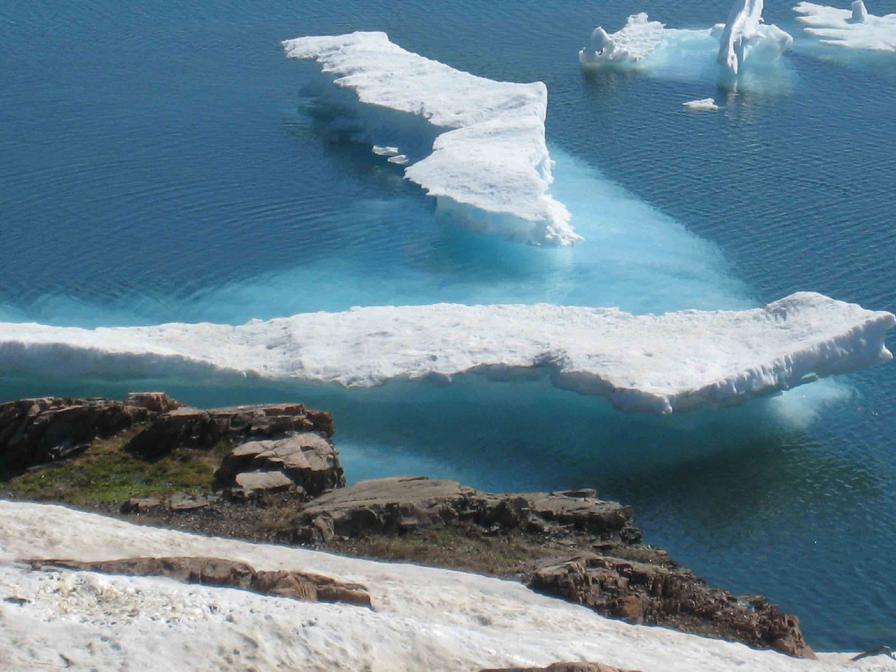How Do the Northern Lights Work? A Scientific Explanation
The Northern Lights, also known as Aurora Borealis, are a natural light display in the sky, primarily visible in high-latitude regions. These captivating celestial phenomena have intrigued and fascinated cultures for centuries, inspiring myths and legends.

Understanding the scientific explanation behind the Northern Lights not only enhances our appreciation for this natural wonder but also provides valuable insights into space weather and Earth's magnetic field.
I. The Science Behind The Northern Lights
1. Solar Wind And Magnetosphere:
The Northern Lights are a result of the interaction between the Earth's magnetosphere and charged particles from the Sun, known as the solar wind.
- Solar Wind: Consists of charged particles, primarily protons and electrons, emitted from the Sun's corona.
- Magnetosphere: The region of space surrounding Earth where its magnetic field is dominant.
2. Interaction With Earth's Atmosphere:
As the solar wind encounters Earth's magnetosphere, it is deflected and channeled towards the polar regions.
- Collision: Solar wind particles collide with atoms and molecules in the Earth's atmosphere, primarily nitrogen and oxygen.
- Ionization and Excitation: The collisions cause the atoms and molecules to become ionized and excited, resulting in the emission of light.

Different gases emit different colors when excited:
- Nitrogen: Green and red
- Oxygen: Green, red, and blue
3. Formation Of Auroral Displays:
Charged particles from the solar wind, guided by Earth's magnetic field lines, spiral towards the polar regions.
- Magnetic Field Lines: Earth's magnetic field lines are strongest at the poles, guiding the charged particles towards these regions.
- Auroral Formation: As the charged particles collide with atmospheric gases, they excite and ionize them, resulting in the emission of light, creating the auroral displays.
II. Factors Affecting The Northern Lights
1. Solar Activity:
The intensity and frequency of the Northern Lights are closely linked to solar activity.
- Sunspots: Dark spots on the Sun's surface indicate areas of intense magnetic activity.
- Solar Flares: Sudden and intense bursts of energy from the Sun, releasing large amounts of charged particles.
- Coronal Mass Ejections: Large eruptions of plasma and magnetic fields from the Sun's corona.
Increased solar activity leads to more frequent and intense auroral displays.
2. Geomagnetic Storms:
Geomagnetic storms are disturbances in Earth's magnetic field caused by solar activity.
- Definition: Geomagnetic storms are characterized by rapid fluctuations in Earth's magnetic field.
- Auroral Enhancement: Geomagnetic storms enhance the intensity and frequency of auroral displays, often causing them to appear at lower latitudes.
3. Location And Time:
- Geographical Locations: Auroras are primarily visible in high-latitude regions, within the auroral oval, which is centered around the magnetic poles.
- Best Viewing Times: Auroras are most commonly seen during the winter months, between September and April, and during periods of high solar activity.
III. Cultural And Scientific Significance
1. Cultural Importance:
The Northern Lights have held cultural significance for various civilizations throughout history.
- Myths and Legends: Many cultures have myths and legends associated with the Northern Lights, often seen as a sign of good fortune or a connection to the divine.
- Folklore: In some cultures, the Northern Lights are believed to be the spirits of ancestors or a sign of impending events.
2. Scientific Research:
The study of the Northern Lights provides valuable insights into space weather and Earth's magnetic field.
- Space Weather: Auroras are indicators of solar activity and can help scientists understand and predict space weather events.
- Magnetic Field: Auroras provide information about the structure and dynamics of Earth's magnetic field, which is crucial for understanding its role in protecting Earth from harmful solar radiation.
The Northern Lights, a captivating natural phenomenon, are a result of the interaction between solar wind particles and Earth's atmosphere. Factors like solar activity, geomagnetic storms, and geographical location influence the intensity and frequency of auroral displays.
Understanding the scientific explanation behind the Northern Lights not only enhances our appreciation for this celestial wonder but also provides valuable insights into space weather and Earth's magnetic field. The Northern Lights continue to inspire awe and wonder, bridging the realms of science and culture.
YesNo

Leave a Reply